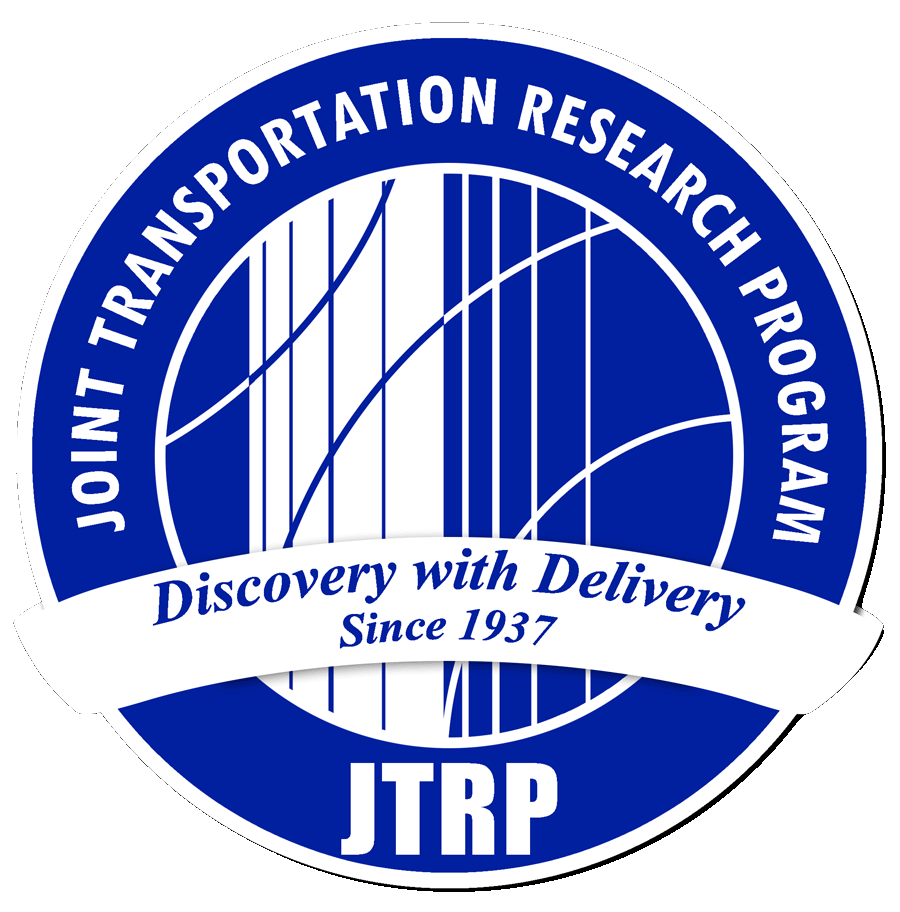Abstract
Work zone safety has been a major concern for many stakeholders including the state Departments of Transportation (DOTs). To prevent DOT workers, especially truck mounted attenuator (TMA) drivers from injuries, the Autonomous Truck Mounted Attenuator (ATMA) technology is developed. To understand the current testing and deployment status of ATMA, we began with interviews with project managers and researchers in four state DOTs who have experience with the ATMA system. Then, we systematically reviewed, tested, and evaluated the ATMA system in both simulation and real-world environments under various operating scenarios, traffic conditions, and mobile work zone operations. Furthermore, Indiana Department of Transportation (INDOT) workers’ perception of using the ATMA system was also collected. Results from this study suggest that the ATMA system can be successfully implemented in most of the selected INDOT road maintenance activities with good performance. INDOT workers are comfortable to operate the ATMA system after training and welcome this new technology. They believe ATMA can improve both safety and productivity. Longer exposure to the ATMA system is a key factor impacting workers' behavior and evaluation toward ATMA. While the ATMA system has demonstrated significant benefits in saving transportation workers' lives and reducing their risk of injuries, one limitation is that the cost of the system is relatively high at the current stage based on a cost-benefit analysis.
Keywords
mobile work zone, autonomous truck mounted attenuator, worker safety, productivity
Report Number
FHWA/IN/JTRP-2024/22
SPR Number
4630
Sponsoring Organization
Indiana Department of Transportation
Performing Organization
Joint Transportation Research Program
Publisher Place
West Lafayette, Indiana
Date of Version
2024
DOI
10.5703/1288284317754
Recommended Citation
Tian, C., Feng, Y., Chen, Y., & Zhang, J. (2024). Impacts of Autonomous Truck-Mounted Attenuator (ATMA) on INDOT work zone safety, mobility, and worker productivity (Joint Transportation Research Program Publication No. FHWA/IN/JTRP-2024/22). West Lafayette, IN: Purdue University. https://doi.org/10.5703/1288284317754
Technical Summary


